In the wake of Brexit, a lively new exhibition curated by Flora La Thangue at London’s Beetles + Huxley gallery charts the ways in which photographers over the past century have perceived British culture and society – its customs, politics, fashions and music. Satirically titled An Ideal For Living, after Joy Division’s debut EP, the exhibition presents a roll call of 29 iconic documentary photographers, including the likes of Emil Otto Hoppé, Cartier-Bresson, Tony-Ray Jones, John Bulmer, Jo Spence, Martin Parr, Derek Ridgers and Mahtub Hussain. “The scope of the exhibition is intended to underline the breadth of approaches towards questions of national identity,” La Thangue explains via email, equally noting the penchant for irony shared by many of those included in the show. “It’s not about defining or distilling an essential view of modern Britain, but bringing to light the unerring attention that photographers have dedicated to documenting it over the last 100 years.”
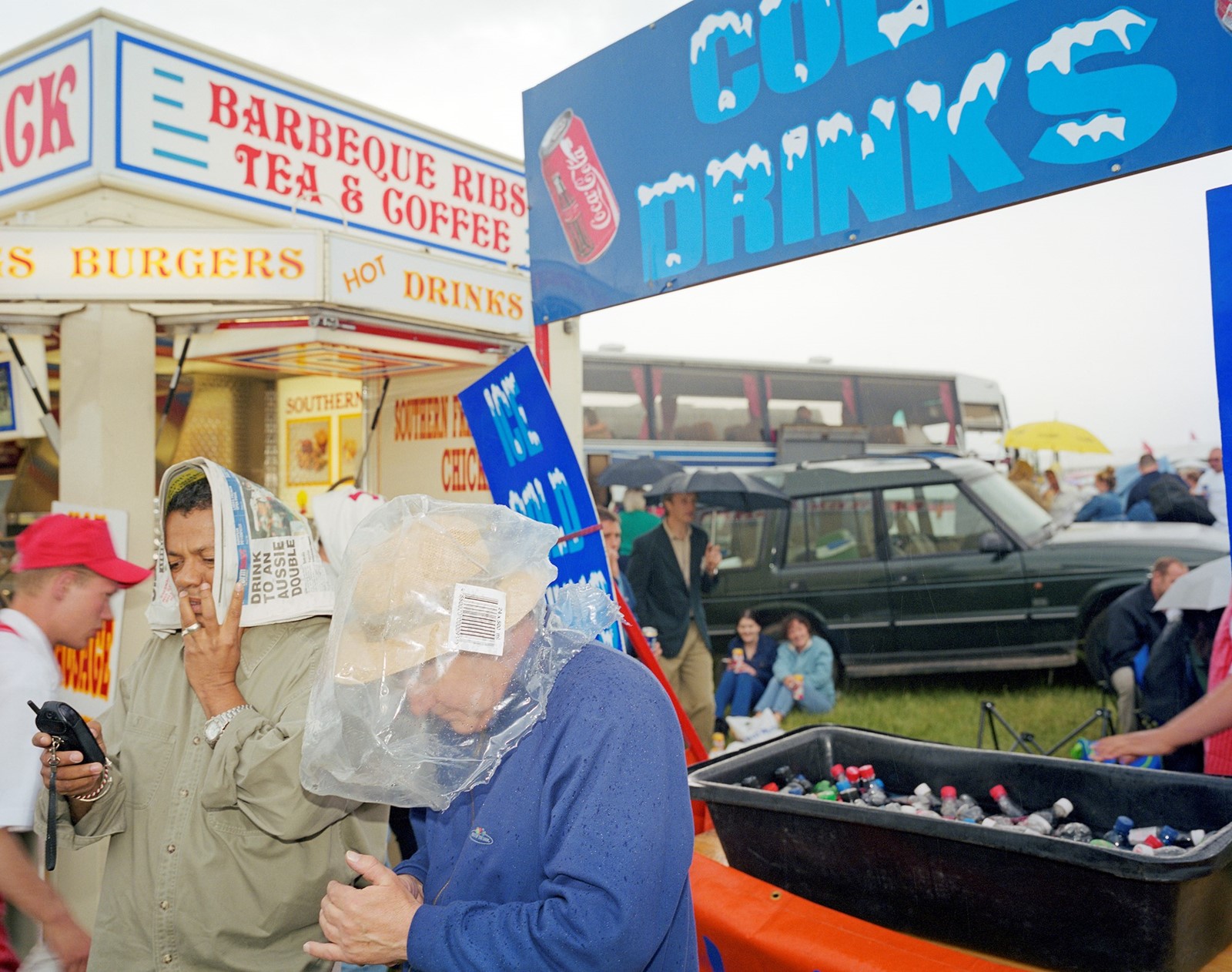
Opening in the interwar period, one of the most notable photographs displayed in the exhibition – and one of the most reproduced photographs in the history of the medium – might at first appear to be a beacon of English propriety, but, as La Thangue underlines, it splendidly serves as “a cutting critique of social etiquette.” Originally published in Bill Brandt’s landmark photobook The English at Home (1936), Parlourmaid and underpalourmaid ready to serve dinner (1933) captures two maids donning starched pinafores and bonnets, their arms courteously crossed behind their poker backs, standing in front of a proudly dressed dinner table. You barely have to glance over to any of the contrasting images in the show – Thurstin Hopkin’s scabby-kneed East London kids, for example – to recognise that Brandt was casting doubt over the righteousness of English decorum and the idiosyncrasies of the British class system.
But, the theatricality of British customs, from daily rituals to public ceremonies, entertains only a portion of this exhibition, which splinters into myriad representations of British identity. “Many of the photographers were able to recommend images from their archives that they thought best fitted the concept of the exhibition,” La Thangue says. Through the optimistic lens of Frank Habicht, we see London in the swinging 60s; Syd Shelton’s snapshots of youth galvanised by the Rock Against Racism movement in the late 70s; Raymond Depardon’s inimitable, haunting images of disintegrating Glaswegian communities in the 80s; Richard Billingham’s tragic family portraits that speak of wider social exclusion in the 90s; Peter Dench’s comic images of the Derby Day races in the 00s; and much, much more, as La Thangue shares with us below.
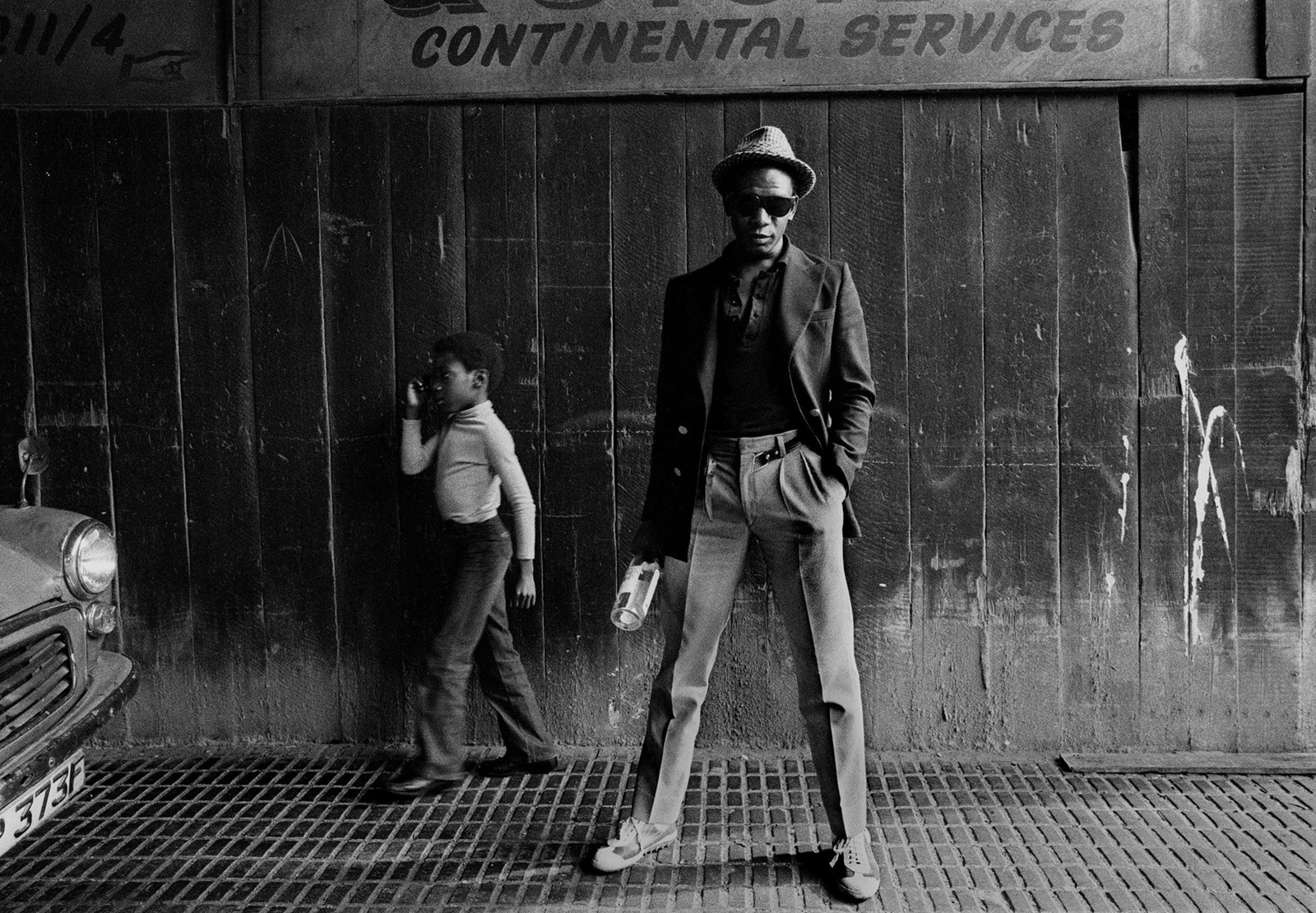
On the timing of the show…
"The exhibition was not initially conceived with the referendum in mind, but rather within a broader context of surging interest amongst photographers in addressing national identity. Whereas the (recent) Strange and Familiar exhibition was limited to depictions of Britain by international photographers, An Ideal for Living contains images taken by photographers sometimes intimately involved with their subjects, and sometimes bringing a new perspective to the material. I don’t think it’s useful to make arbitrary delineations between photographers by nationality."
On the links and themes between the works…
"Themes unite many of the photographs, linking images taken nearly one hundred years ago to contemporary work. There’s an obsessive interest in capturing differentiation between classes, beginning with the coolly documentary gaze of E.O. Hoppé’s image of top-hatted gentlemen in the streets of London during the 20s and John Bulmer’s gritty images of Northern working class communities in the 60s, before photographers during the Thatcher years like Raymond Depardon and Chris Killip made polemical attacks of the widening gap between the rich and poor. Many other themes run through the work – many of the photographs concern the British during their leisure time – Martin Parr, Peter Dench, Jürgen Schadeberg for example – whilst another themes concerns the formation of national identity through political unrest."

On the title of the show…
"The title is taken from Joy Division’s debut EP. We gave the exhibition this title because it has an irony in it that speaks to a lot of the work in the show. It refers to how national identity can come to represent an ideal version of life, caught up in ideas of aspiration and pride, but can sometimes look superficial and forced when brought into view by a photographer."
On her favourite image…
"There is an incredible Cartier-Bresson photograph taken during the celebrations at the coronation of King George VI in 1937. The photograph seems to show a man who has sleep amidst a sea of discarded newspapers. Many of those in the crowds had waited overnight to see the procession and the man asleep appears to have overslept whilst the others watch on attentively. Characteristic of his irreverent eye, Cartier-Bresson was poking fun at the British and their obsession with the Royal Family, made obvious by members of the crowd craning their necks to catch a glimpse of the new king and queen."
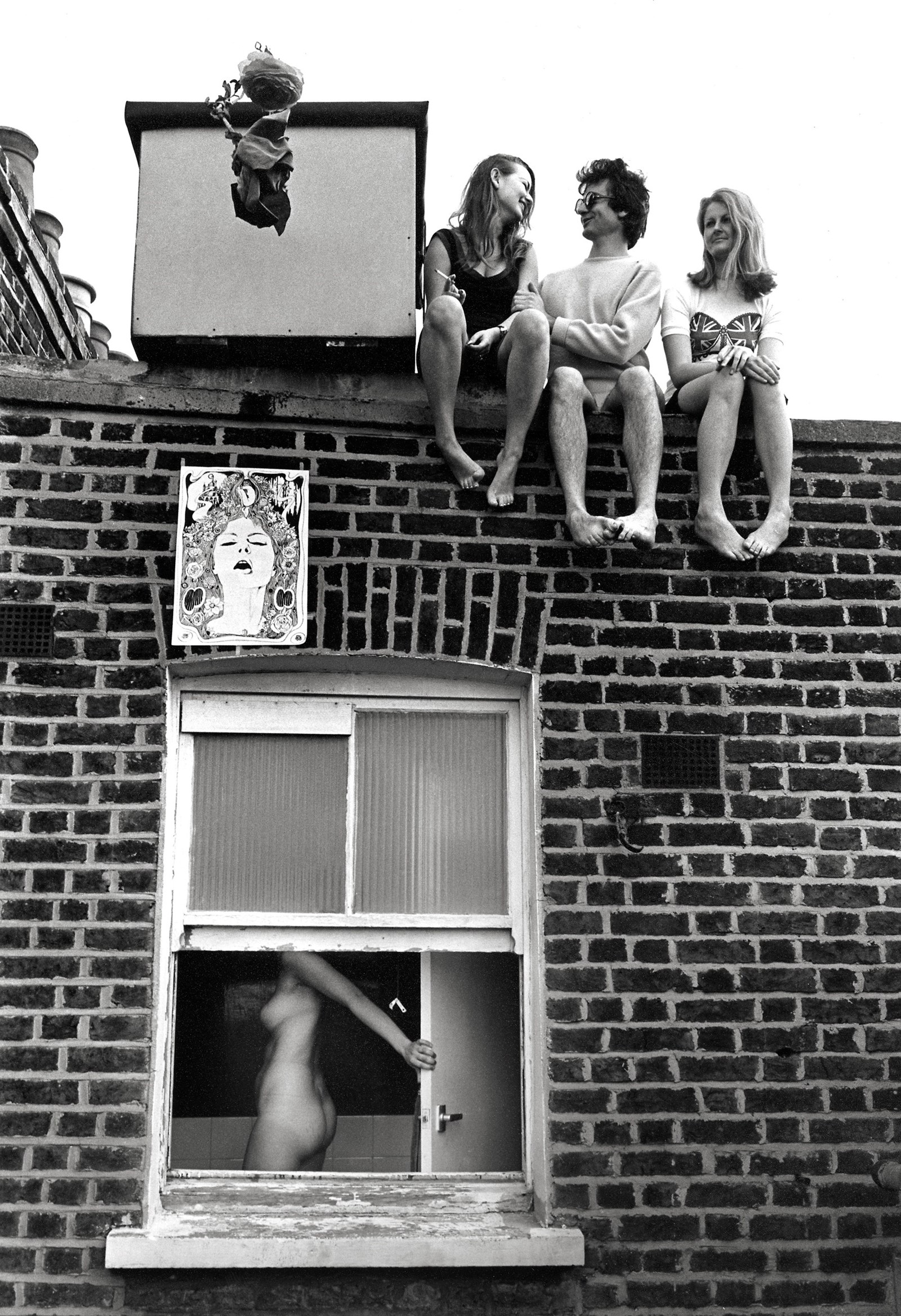
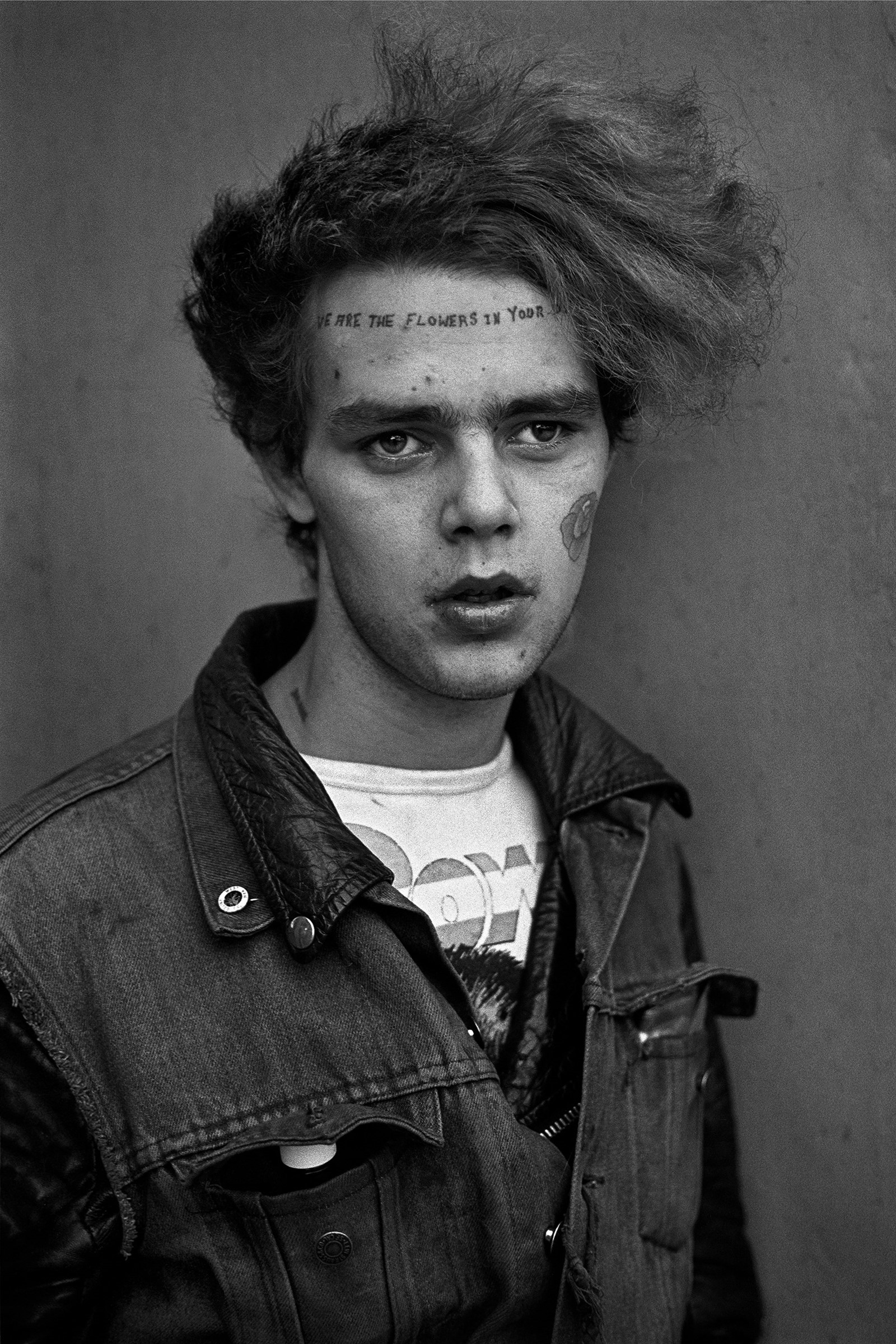
On photographic clichés of British culture…
"I don’t think the romanticised vision of Britain should be disregarded because it seems clichéd. For many people, these stereotypes feed into what they regard their national identity to be. In order to provide a survey of how photographers have addressed notions of national identity, these kind of images are pertinent and important but have to be placed in context next to the less known views by other photographers who have looked at the matter from a completely different angle."
On the balance between appeal and solemnity…
"Whilst I think that the work of photographers like Richard Billingham, Thurston Hopkins and James Morris who were looking at communities from a position within is often appealingly poignant, I also admire photographers who seek out communities because they want to give voice to them. Chris Killip’s project on the sea coal gatherers is a powerful example of this, along with Depardon’s work in Glasgow."
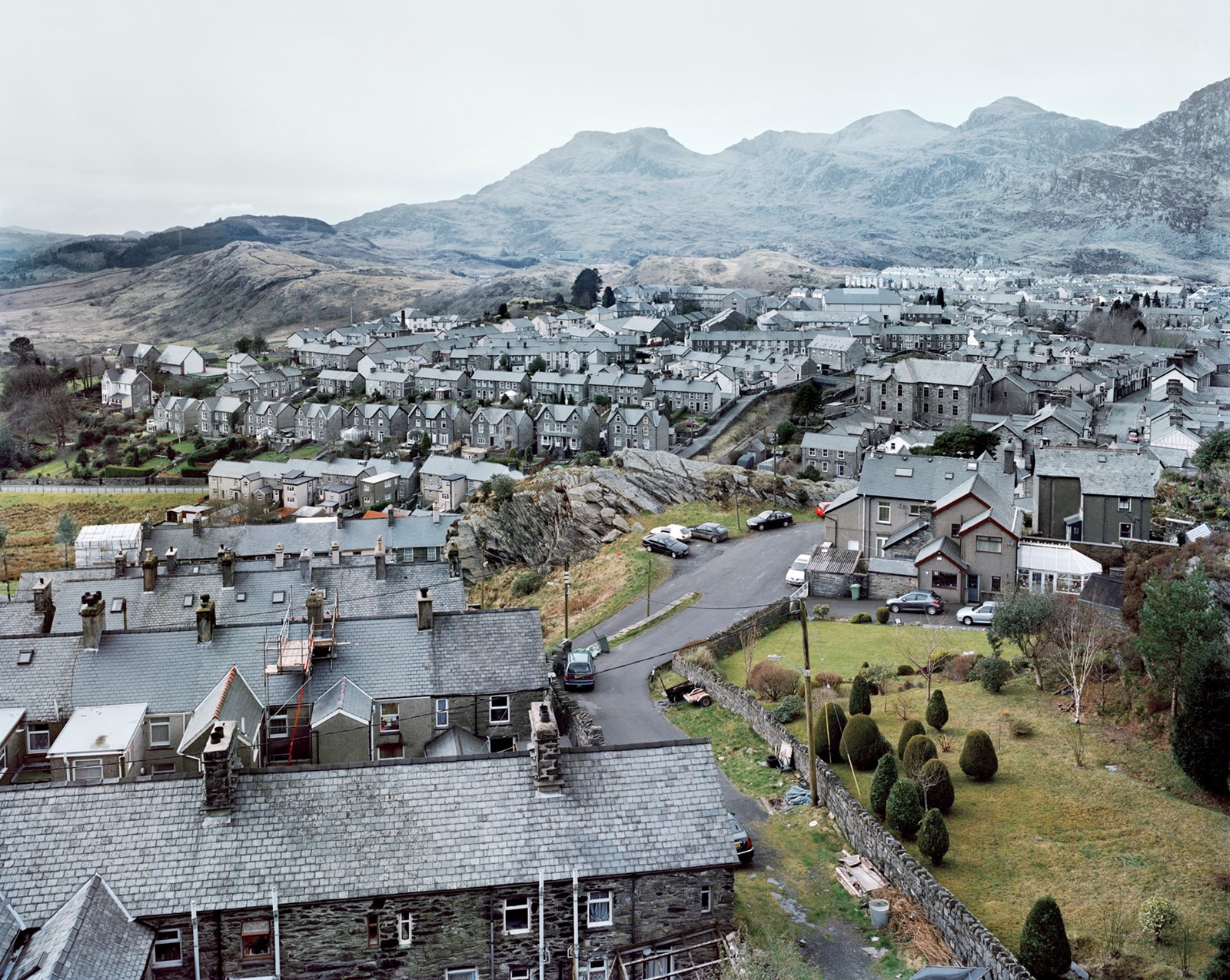
On the contemporary works in the show…
"The contemporary work in the exhibition attempts to cover a variety of issues about national identity currently pertinent. Photographs by Simon Roberts and James Morris look at the importance of the landscape in the formation of national identity whilst Peter Dench and Anna Fox consider the rituals that come together to construct British custom. Mahtab Hussain’s work [see below] looks at the issues faced by British Muslim communities in the formation of national identity."
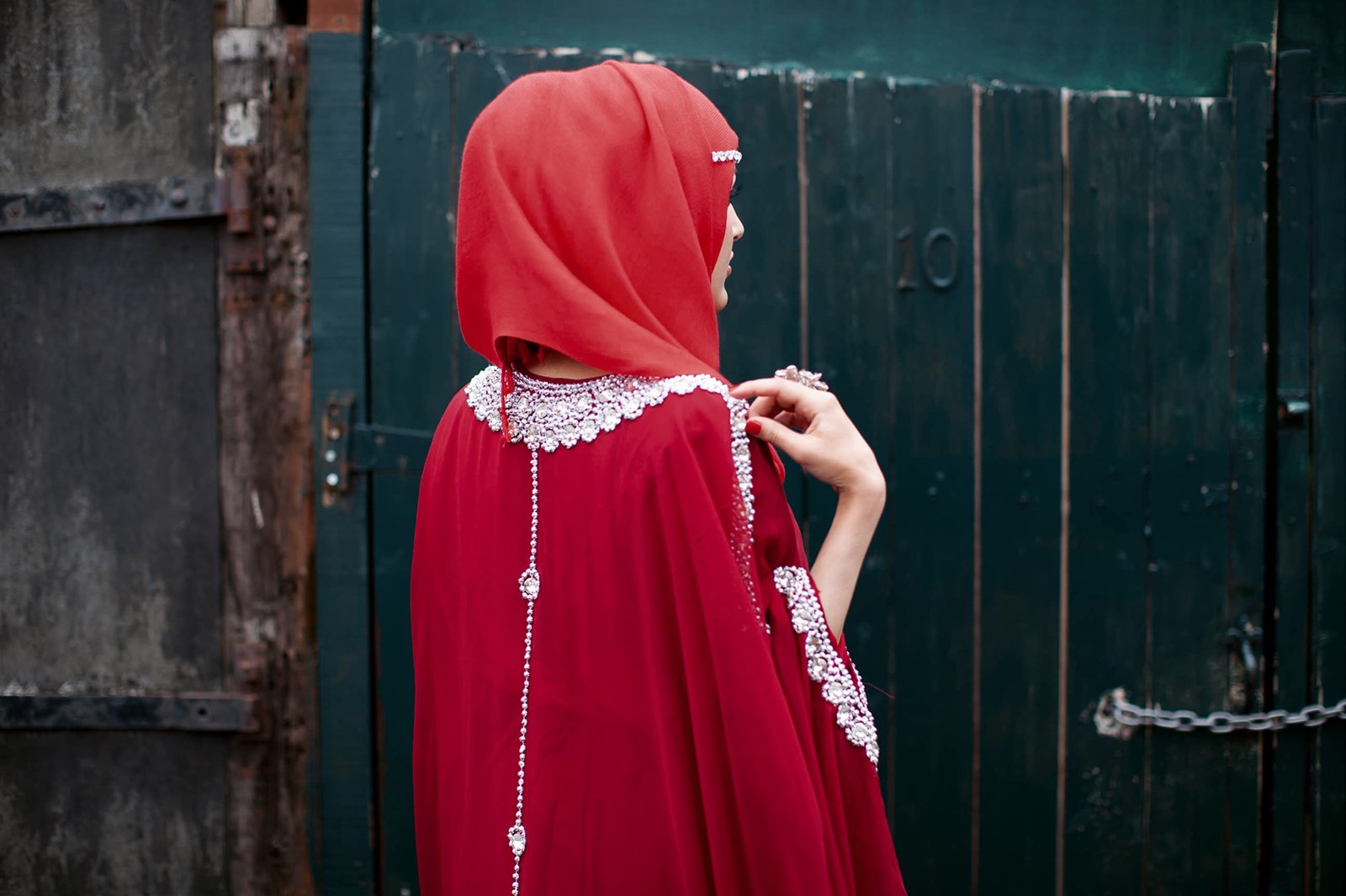
An Ideal For Living is on display at London’s Beetle + Huxley gallery until September 17, 2016.
